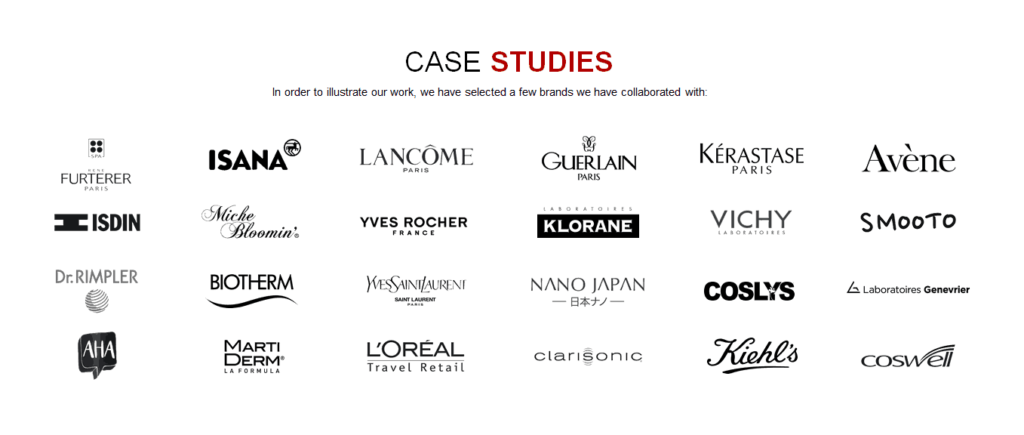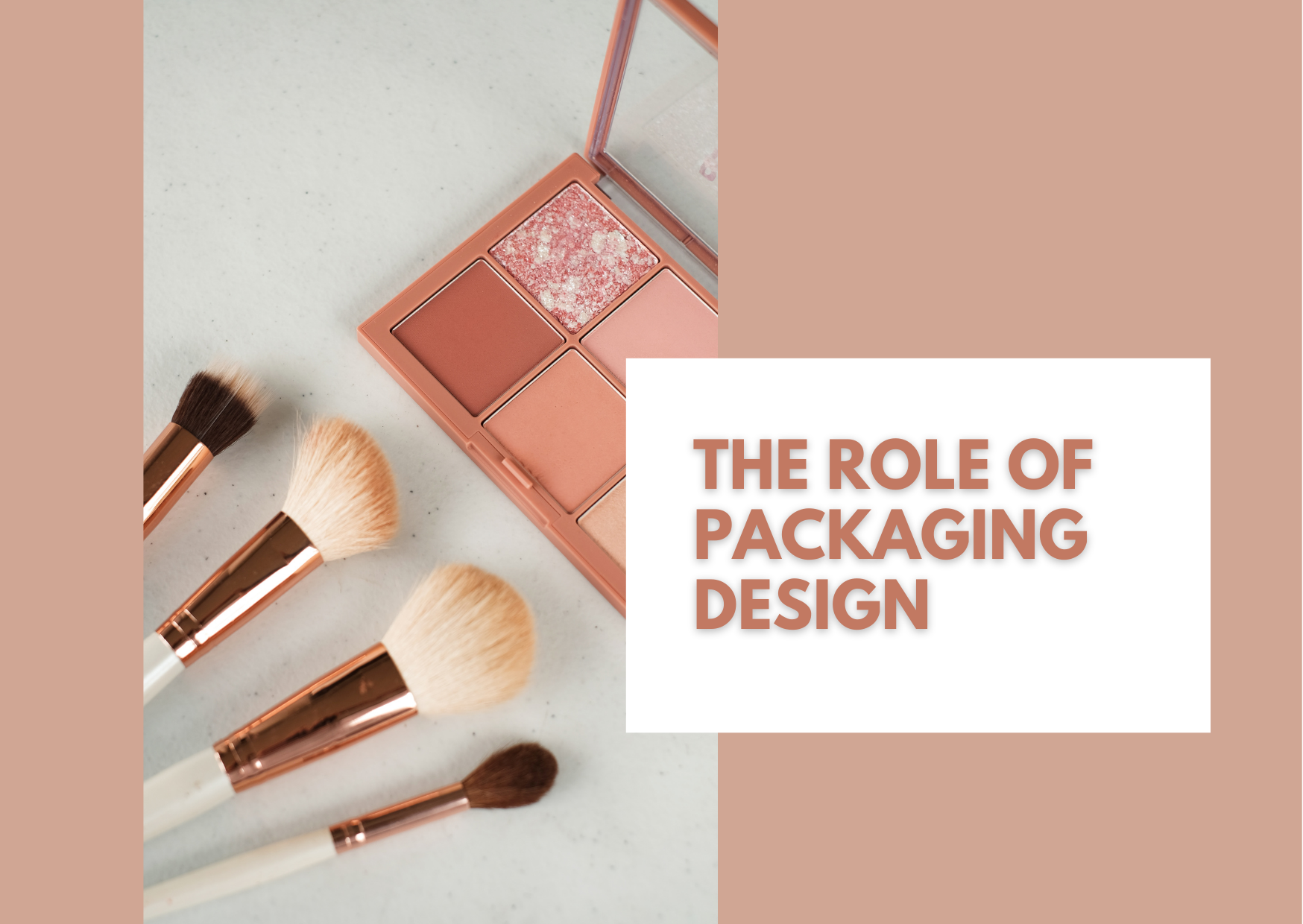To succeed in the competitive Chinese cosmetics market, packaging design is crucial. Consumers judge a product’s packaging within three seconds, making it a make-or-break moment for sales. Visually appealing and innovative packaging can be a game changer for companies looking to establish themselves in the market.
In this blog post, we’ll dive into why packaging design is so vital to success within the Chinese cosmetics industry, how to develop effective strategies that resonate with local preferences, and best practices for long-term success in the market.
Market Overview And Growth Potential
The Chinese cosmetics market is growing rapidly, driven by a strong economy and demand from young consumers. Brands looking to succeed in this market must invest in visually appealing and culturally relevant packaging designs.
L’Oréal and Estée Lauder have succeeded in the Chinese cosmetic market by adapting their offerings and creating packaging that appeals to local consumers.
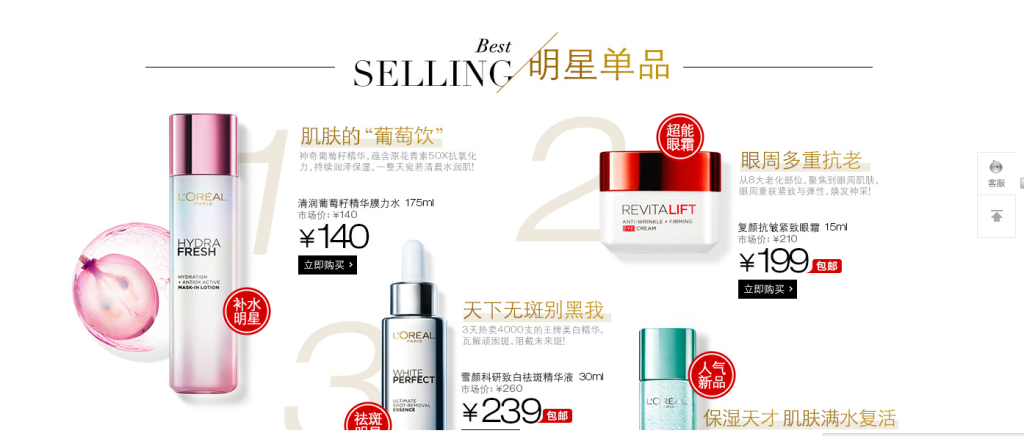
Challenges And Opportunities For Foreign Brands
Foreign brands in the Chinese cosmetics market face both challenges and opportunities. China accounts for a significant portion of the global market, and Chinese consumers tend to trust certain Western brands in product categories like cosmetics. However, adapting to local preferences and competing with domestic brands can be difficult.
Understanding Chinese Consumers And Their Preferences
Chinese consumers value packaging design when buying cosmetics, with only a few seconds to grab their attention. Bright colors are favored, and packaging reflects brand identity and cultural preferences.
Importance Of Packaging Design For Chinese Consumers
To succeed in the Chinese cosmetics market, brands must understand consumer preferences and packaging design plays a crucial role in capturing their attention and driving sales. Packaging design in China reflects brand identity and cultural significance, going beyond mere visual appeal.
For instance, In China, bright colors are preferred as they increase product attractiveness, and incorporating traditional patterns or symbols on packaging in China can help products stand out from competitors.
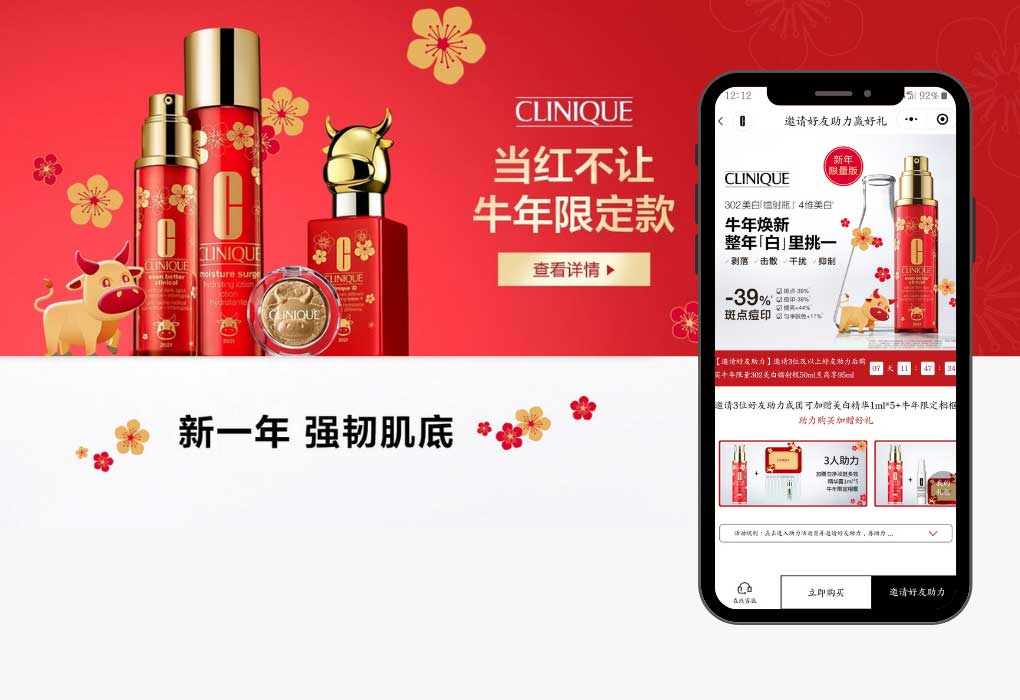
In China, social media networks like WeChat and Sina Weibo, along with popular influencers, can greatly impact a brand’s reach. By utilizing these channels and customizing packaging to resonate with potential buyers, brands can further boost their presence in the market.
With thousands of products competing for attention on the shelves, brands only have three seconds to grab consumers’ attention and convince them to buy.
Cultural And Aesthetic Preferences
For Chinese consumers, cultural and aesthetic preferences are crucial factors in their purchasing decisions. Understanding Chinese culture, tradition, and values is essential when designing packaging for cosmetic products.
Moreover, minimalistic design is popular in China, especially in big cities like Beijing or Shanghai. Brands should create simple and elegant packaging for the Chinese market that evokes emotions without confusing customers with complex graphics.
Role Of Social Media And Influencers In Shaping Consumer Preferences
With over 989 million active social media users, China has become a hub for digital marketing and influencer campaigns.
Influencers play a vital role in making the beauty industry more accessible and diverse in China. Through their platforms like WeChat, Douyin (TikTok), Xiaohongshu, and Weibo, they can effectively introduce new products to consumers while also promoting existing ones.

Influencers are trusted by followers for honest reviews and unique perspectives. Understanding Chinese consumer behavior and social media influencers helps tailor successful marketing campaigns.
Effective Packaging Design Strategies In China
Effective packaging design strategies in China involve incorporating local culture and innovative designs, addressing environmental concerns, adapting to regulatory requirements, and building trust through transparency.
Incorporating Local Culture And Identity
It is essential to understand and incorporate local culture and identity into your packaging design.
To succeed in China, brands should pay attention to cultural nuances in packaging design, like symbols and language use. Modern packaging should be lifestyle-based and eco-friendly, but this can be challenging due to pollution and waste issues.
Utilizing innovative and unique designs can help brands catch the attention of Chinese consumers within a few seconds – the amount of time it takes for them to make their purchasing decisions.
For example, L’Oreal’s recent collaboration with Chinese artist Zhang Zhaohui resulted in product packaging inspired by traditional ceramic artistry, which helped differentiate its products from its competitors’ offerings.
Addressing Environmental Concerns
To make it in the Chinese cosmetics market, brands must prioritize sustainable packaging design using eco-friendly materials to minimize waste and harm to the environment and people.
For example, LUSH’s Naked line utilizes biodegradable and compostable materials like cornstarch packing peanuts instead of traditional plastic bubble wrap.
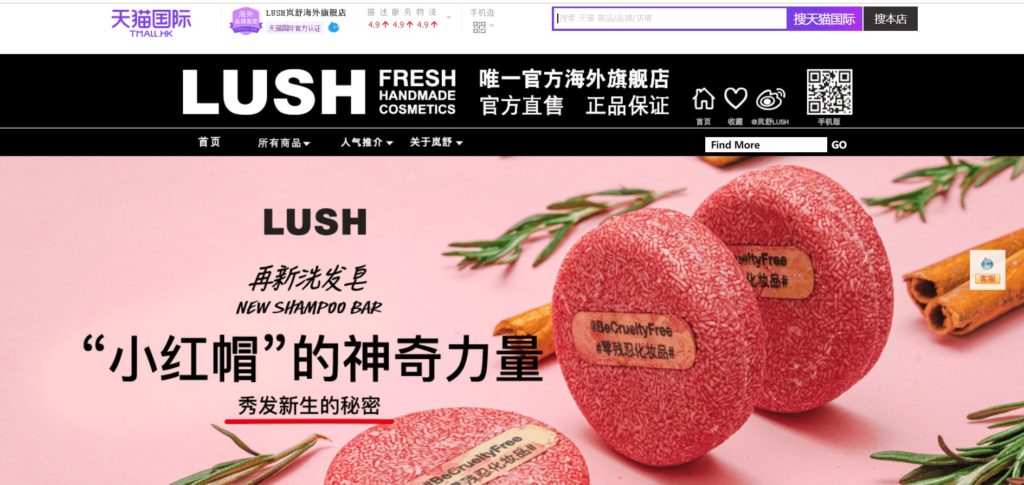
Adapting To Regulatory Requirements And Labeling Standards
To sell cosmetic products in China, it’s crucial to follow the country’s laws and regulations, including using Chinese labels and product information. Not complying with these rules can result in penalties or rejection of your products at customs.
To avoid these challenges, work with local partners or design agencies who can help you navigate China’s regulations and adapt your branding while ensuring compliance.
Building Trust Through Transparency And Quality Assurance
In the Chinese cosmetics market, building trust through transparency and quality assurance is crucial for success. Chinese consumers place a high value on product safety and quality, especially after several high-profile scandals in the industry.
For example, providing clear labeling that indicates ingredients and manufacturing processes can help build consumer trust in foreign brands entering the market.
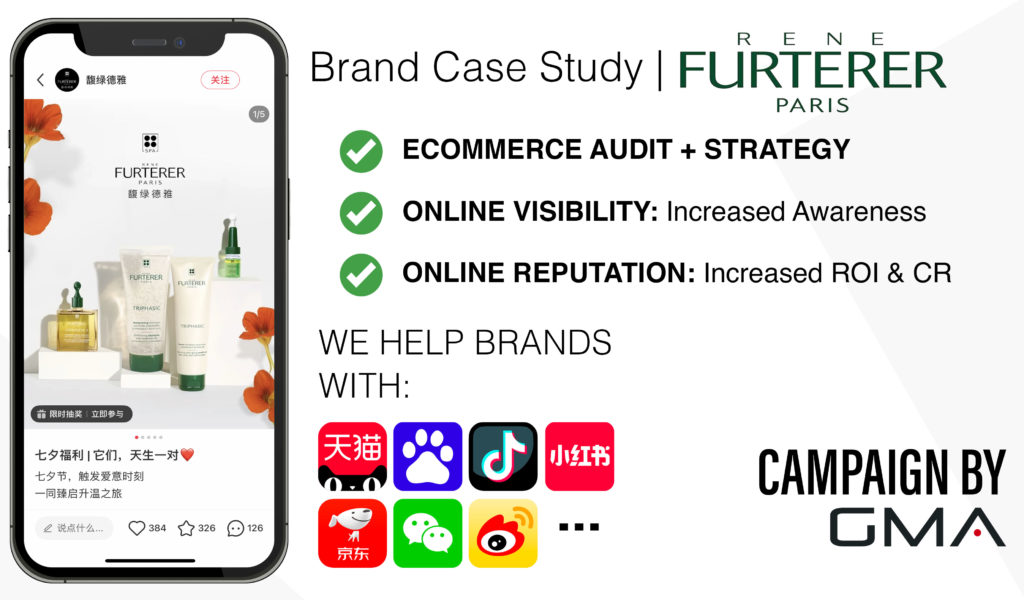
Case Studies: Successful Packaging Design Examples
We’ll look at successful cosmetic brands in China and learn what made their packaging designs work. By using cultural elements and being eco-friendly, these brands can help others succeed in the Chinese market.
For instance, Maybelline changed its packaging for Chinese customers by using lucky colors like red and gold, which represent wealth and good luck in Chinese culture.
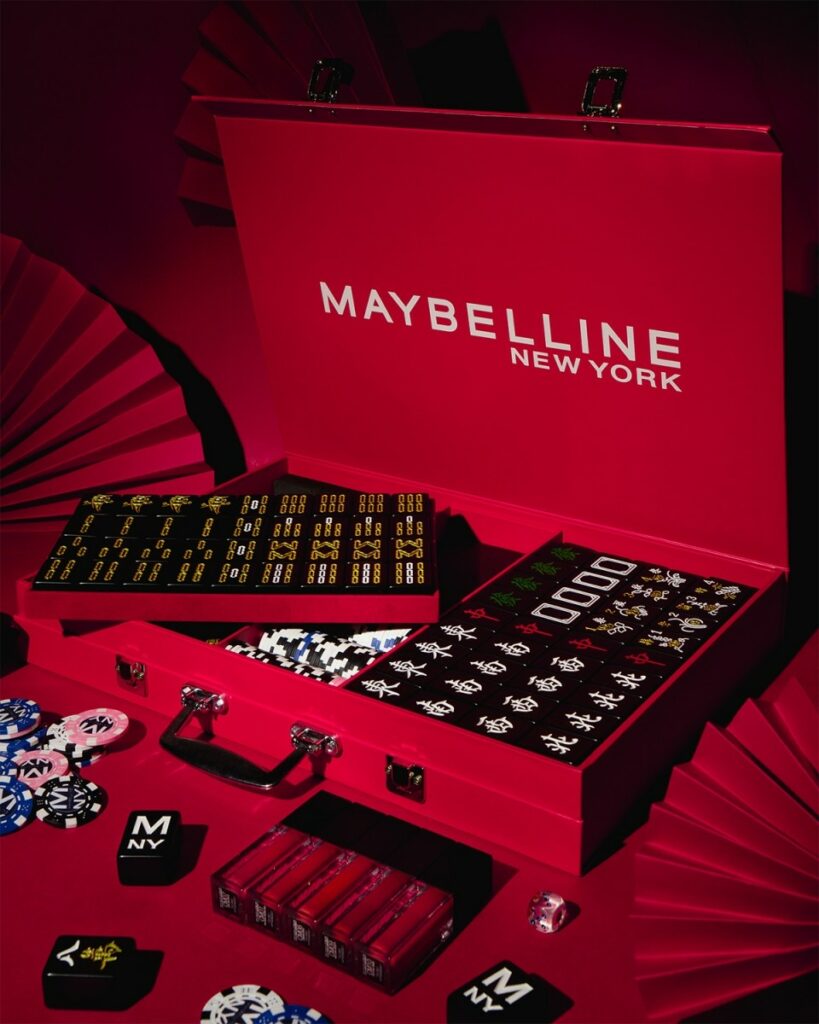
Additionally, Lancome worked with artist Ruan Jia to create makeup sets inspired by traditional Chinese paintings, which Chinese consumers loved because they fit their cultural preferences.

Collaborating With Local Partners And Design Agencies
Collaborating with local partners and design agencies can give cosmetic companies an edge in the Chinese market. They can provide valuable insights into consumer preferences and cultural nuances, which can help create effective packaging designs.
Benefits Of Working With Local Experts
The benefits of collaborating with local partners and design agencies. Here are a few reasons why:
- A deeper understanding of cultural and aesthetic preferences: local experts inform packaging design for Chinese audiences.
- Access to local resources: local partnerships provide access to resources like suppliers and printing facilities, saving costs and streamlining production.
- Adherence to regulatory requirements: Local experts know China’s labeling standards and regulatory requirements, ensuring packaging designs meet guidelines.
- Increased brand leverage: Collaborations can help smaller brands by leveraging the name of bigger brands. Partnering with a well-known designer or influencer can boost visibility and credibility in the market.
- Focus on corporate social responsibility: Partnering with local sustainable suppliers who follow CSR standards like Ecovadis ratings can align your packaging with your brand values and appeal to local consumers.
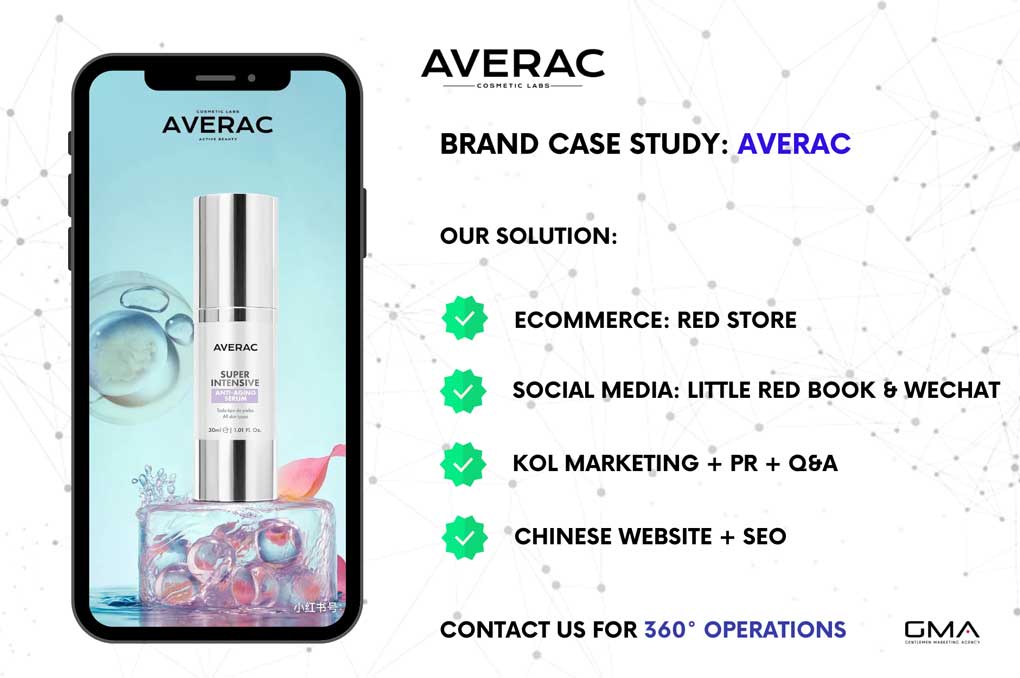
How To Choose The Right Partner Or Agency For Your Brand
Choosing the right partner or agency for your packaging design in the Chinese cosmetics market is crucial to ensuring success. Here are some key factors to consider:
1. Find a partner/agency that understands your brand, values, and conscious consumerism trend.
2. Pick a full-service agency that handles all packaging design aspects, from concept to production, for a smooth process.
3. Look for a responsive and reliable partner/agency that meets deadlines and quality standards, and provides good communication and feedback.
4. Find partners/agencies that have a track record of effectively localizing brands and addressing environmental issues in the Chinese market.
5. Research potential partners/agencies thoroughly by reviewing their past work and client feedback before deciding.
We Can Help you With Packaging Design in China!
It’s important to stay relevant and appealing to consumers in the Chinese cosmetics market. To achieve long-term success, one strategy is to incorporate local culture and identity into packaging design.
Many popular cosmetic brands in China have incorporated traditional elements like auspicious symbols or folklore-inspired designs on their product packaging.

In the Gentlemen Marketing Agency (GMA), we are digital experts passionate about social media in China. We love to build impactful strategies and content to reach the Chinese on WeChat, Little Red Book, Douyin, Weibo, and many more.
If you have a specific project in China, you should include social media wisely. You should start with branding before moving to e-commerce.
You can contact us to find the most suitable option for your project in China! Let’s start today!
